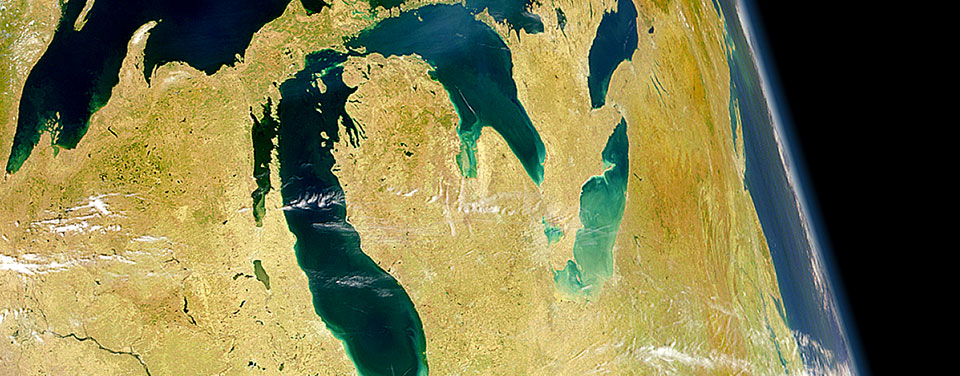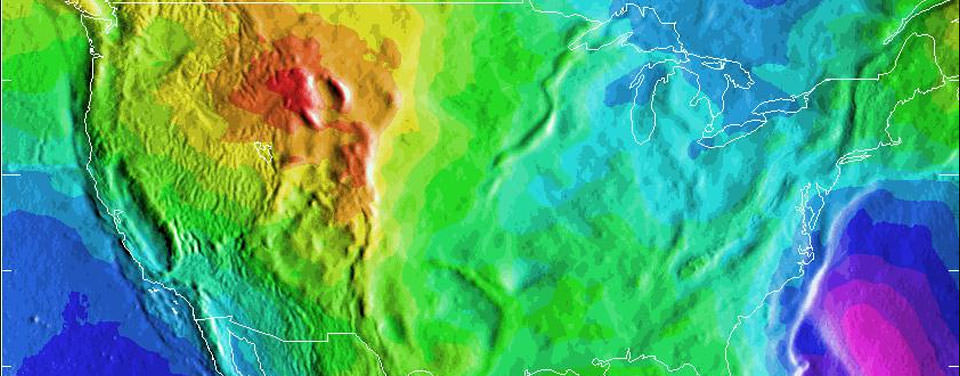A Tale of Three Datums
Keeping up with an ever-changing Earth.
NOAA is currently working on three major updates to vertical datums. They’re used for everything from nautical charts and flood maps to infrastructure planning. A datum is a reference system that starts at an agreed data point. You’re probably familiar with at least one horizontal datum — latitude and longitude. If you’ve been to a mountaintop and seen a sign with the distance above sea level, you’re also familiar with vertical datums, which measure heights. Here’s a rundown on what we’re updating and why.

The rise and fall of the tides play an important role in the natural world and can have a marked effect on maritime-related activities. The NOAA San Francisco Tide Station, shown here, has been in operation for more than 150 years.

While the Great Lakes do not have tides, water levels in the lakes are ever-changing for a surprising reason: the land is still rebounding from ice-age glaciers.

Scientists at the National Geodetic Survey maintain a nationwide coordinate system that defines latitude, longitude, height, scale, gravity, orientation, and the national shoreline throughout the United States. This geodetic reference system ensures that those who need accurate positioning information are all working from the same reference points. The height component of this nationwide system is called the North American vertical datum. This image is a depiction of the U.S. geoid, a model roughly representing global mean sea level that is used to measure precise surface elevations. Areas in yellow and orange have a slightly stronger gravity field as a result of the Rocky Mountains.
Social